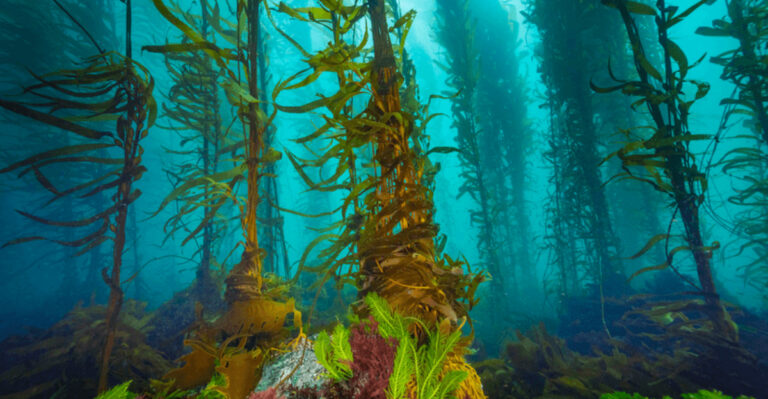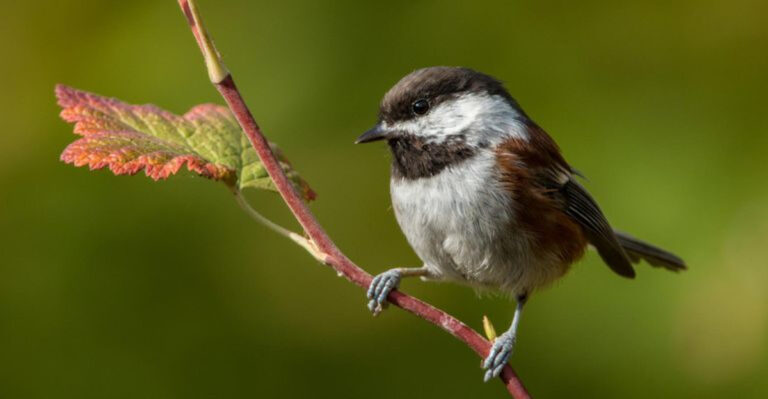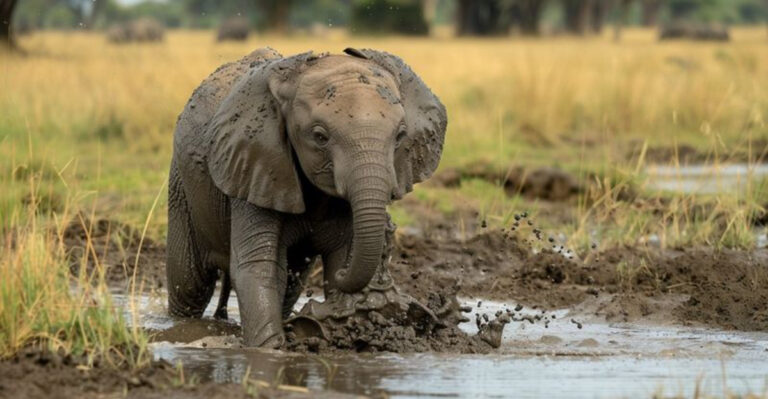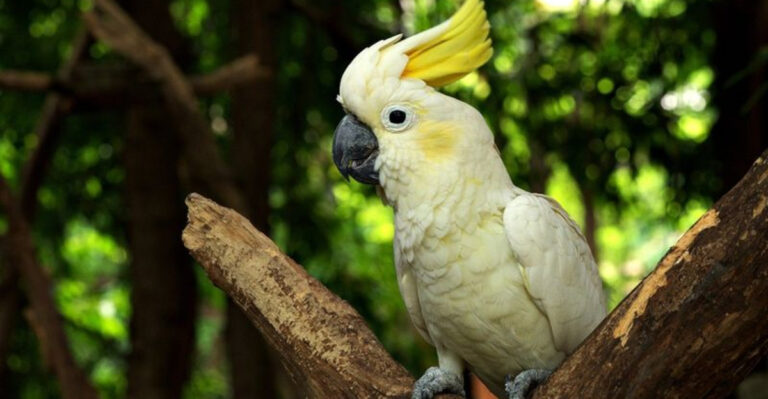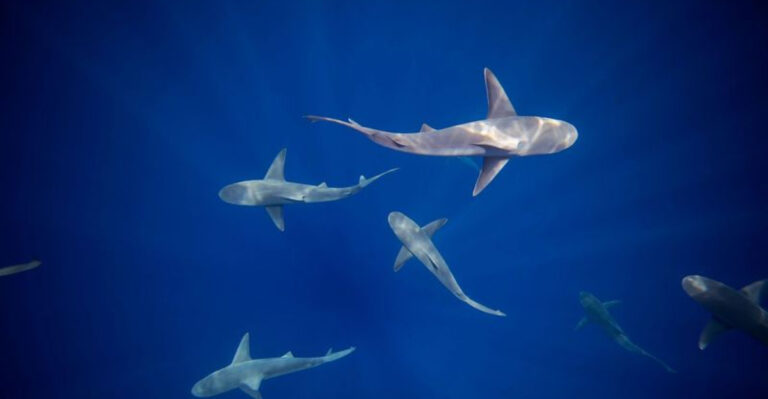13 Fascinating New Animal Species Discovered Last Year
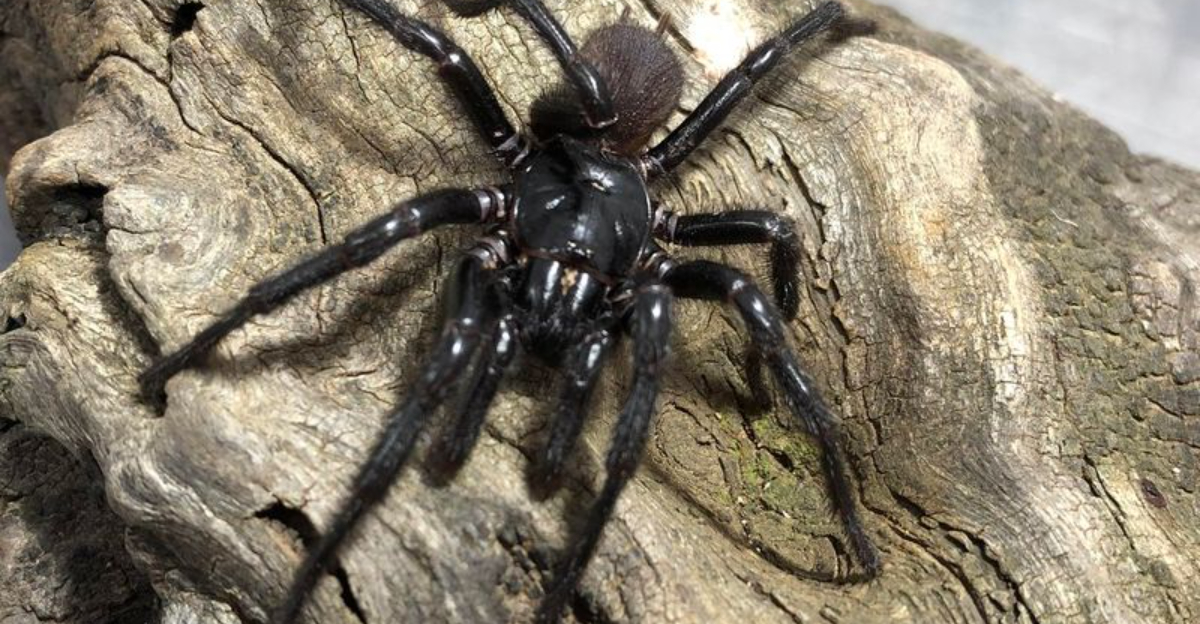
The year 2024 has been a remarkable one for biodiversity enthusiasts and scientists alike, unveiling an array of new animal species. From the depths of the ocean to the highlands of the Andes, researchers have encountered creatures that have never before been documented.
This surge in discoveries not only highlights the incredible diversity of life on Earth but also underscores the importance of continuing exploration and conservation efforts.
1. Synapturanus danta (Chocolate Frog)
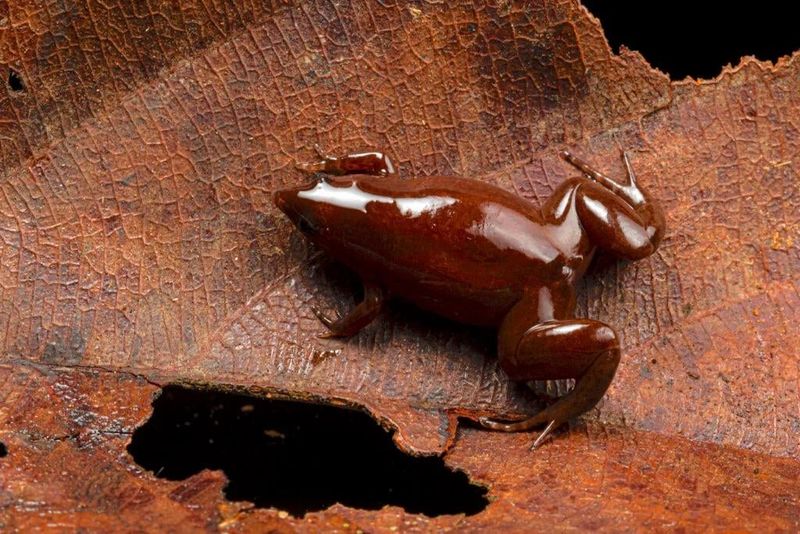
Recently found in the Peruvian Amazon, this small frog has a smooth, dark-brown body that earned it the nickname “chocolate frog.”
It lives underground and was only discovered thanks to its distinct croaking. Its unique traits highlight how much is still unknown in dense rainforest habitats.
2. Tosanoides aphrodite (Aphrodite Anthias)
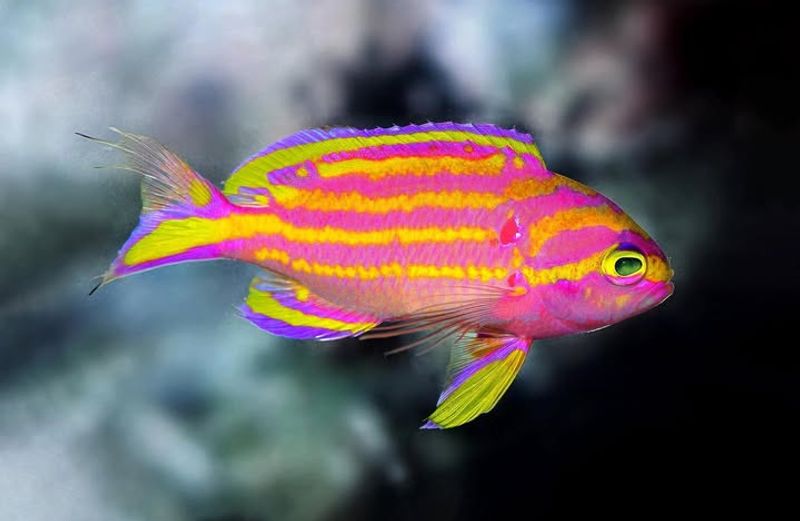
Discovered off Brazil’s coast at mesophotic depths (too deep for regular diving), this stunning reef fish dazzles with pink and electric blue hues.
It was named after the Greek goddess of love due to its vibrant appearance, and it’s quickly become a highlight among recent marine discoveries.
3. Bathynomus vaderi (Giant Sea Bug)
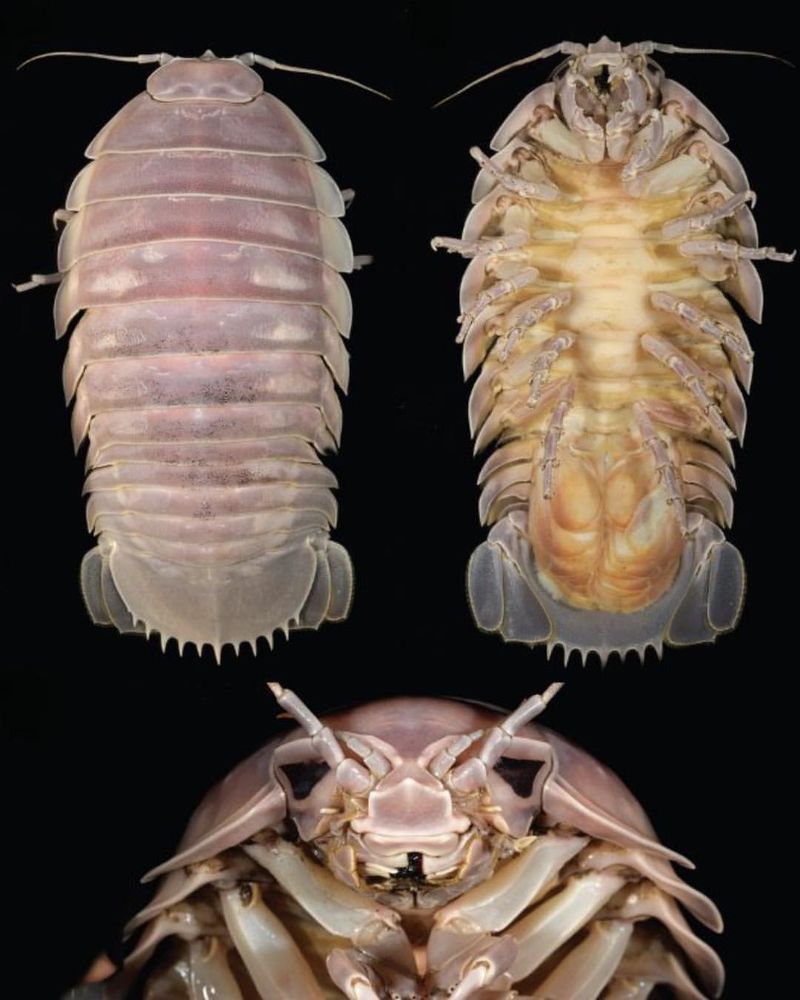
Named after Darth Vader for its helmet-like faceplate, this deep-sea isopod was discovered in the Indian Ocean.
It’s part of a bizarre family of giant crustaceans that scavenge the ocean floor. Its eerie look and impressive size make it a favorite among sci-fi-loving marine biologists.
4. Atrax christenseni (Sydney Funnel-Web Spider)
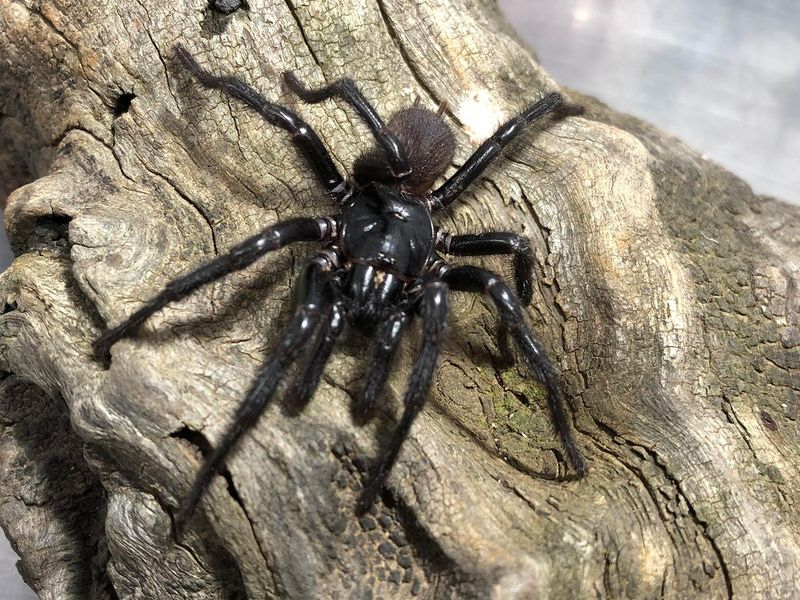
This recently identified species is a close relative of the infamous Australian funnel-web spider—already considered one of the world’s most venomous arachnids.
Atrax christenseni was found in remote New South Wales forests, and while its bite hasn’t been fully studied yet, its discovery adds to our understanding of the region’s evolving biodiversity.
5. Harriotta avia (Spiky-Nosed Spookfish)
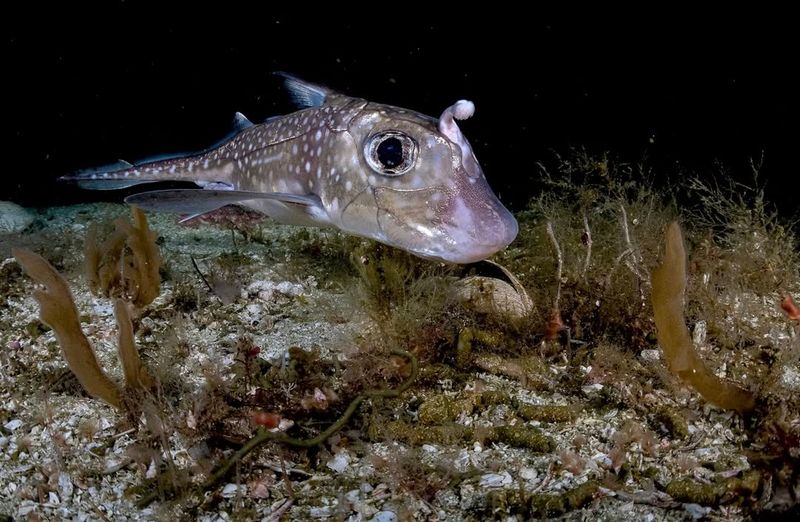
This elusive deep-sea species has a ghostly appearance and a long, pointed snout covered in sensory organs.
It was discovered off the coast of New Zealand and belongs to the rarely seen chimaera group. Its unique facial structure helps it detect prey in pitch-black ocean depths.
6. Pudella carlae (Peruvian Yungas Pudu)
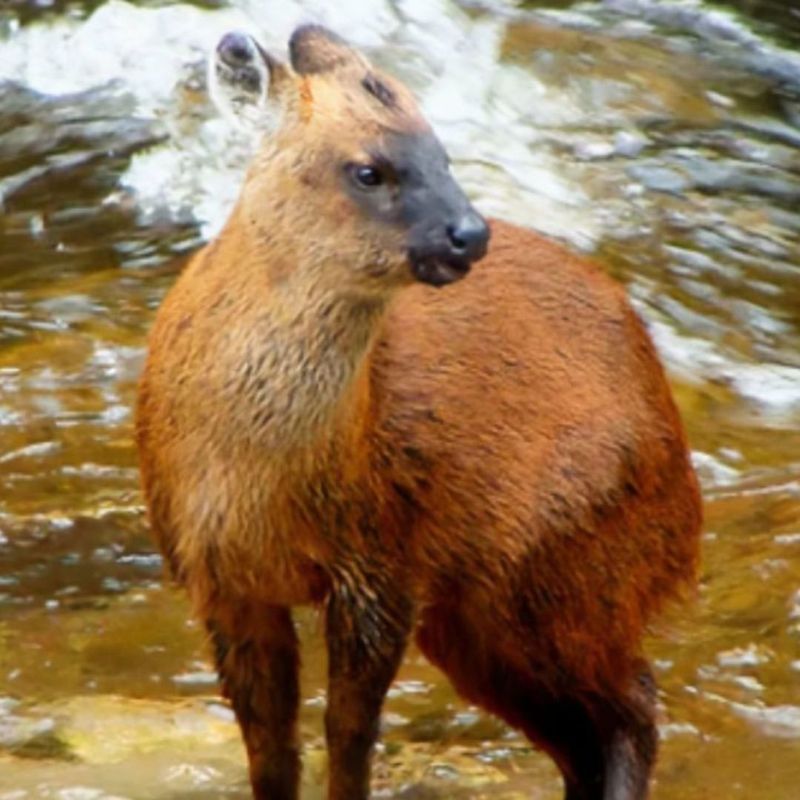
One of the smallest deer species ever documented, this new pudu was found in the cloud forests of Peru’s Yungas region.
It’s incredibly shy and was spotted using camera traps. With its compact size and elusive nature, it adds a delicate wonder to the Andes’ biodiversity.
7. Dulcibella camanchaca (Deep-Sea Amphipod)
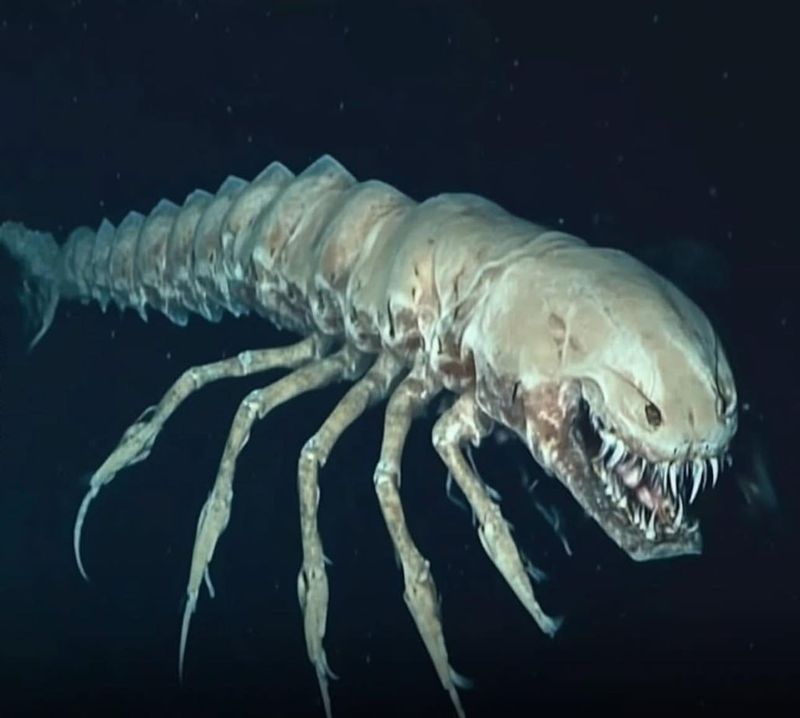
Tiny yet extraordinary, this amphipod was discovered near Chile’s coast in the cold, nutrient-rich waters of the Humboldt Current.
It boasts a translucent body and unique appendages, revealing the diversity of life thriving in harsh, deep-sea conditions.
8. Lasius fuliginosus (Black Ant)
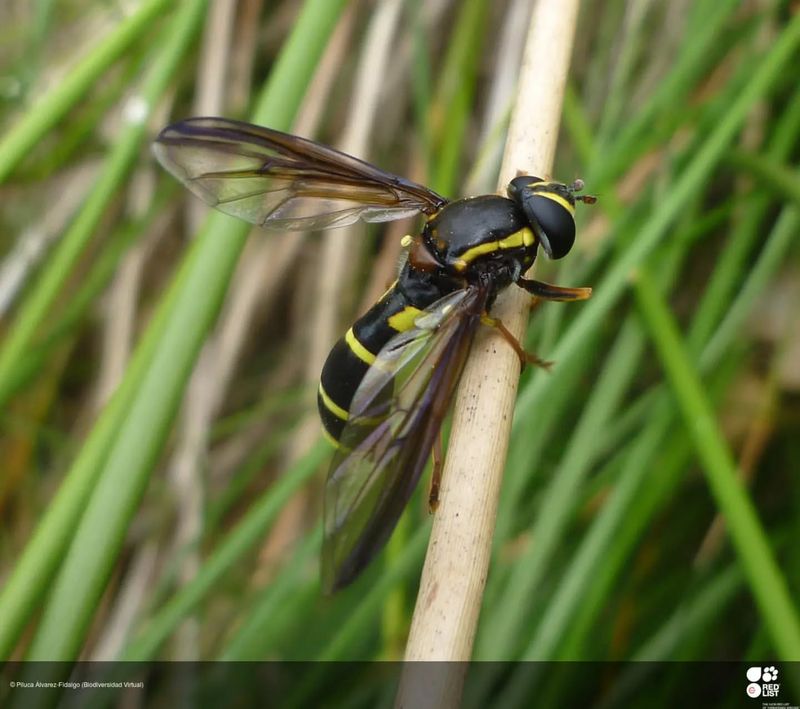
A new subspecies of this common ant has recently been identified, with subtle differences in behavior and habitat.
Found in the forests of Central Europe, these ants play a crucial role in ecosystem balance and offer new insights into ant colony evolution.
9. Geckolepis megalepis (Giant Gecko)
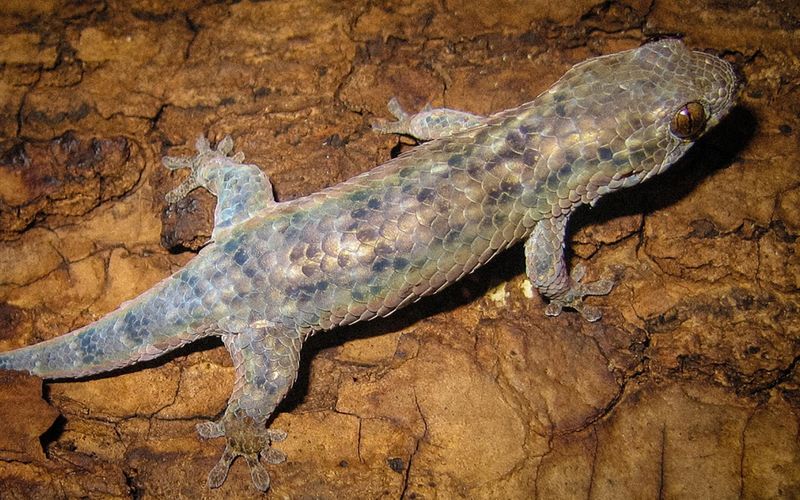
Discovered in Madagascar, this gecko is famous for its incredibly large and detachable scales, which it can shed to escape predators.
Scientists were stunned by its size and the way its scales regenerate—it’s like a real-life reptilian escape artist.
10. Atractus elaps (New Species of Snake)
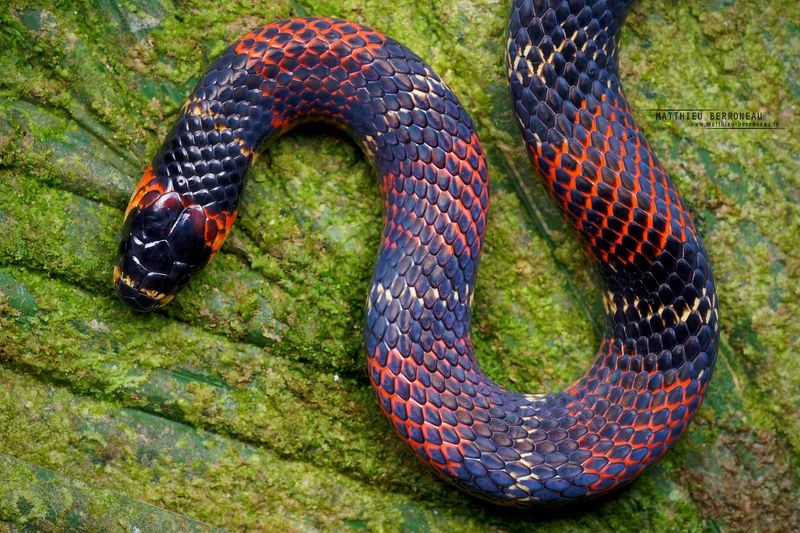
This ground-dwelling snake, native to the Andean forests, was misidentified for decades.
With its subtle coloration and shy behavior, it evaded classification until now. Its discovery sheds light on the overlooked biodiversity of the cloud forests.
11. Tomistoma schlegelii (Schlegel’s Crocodile)
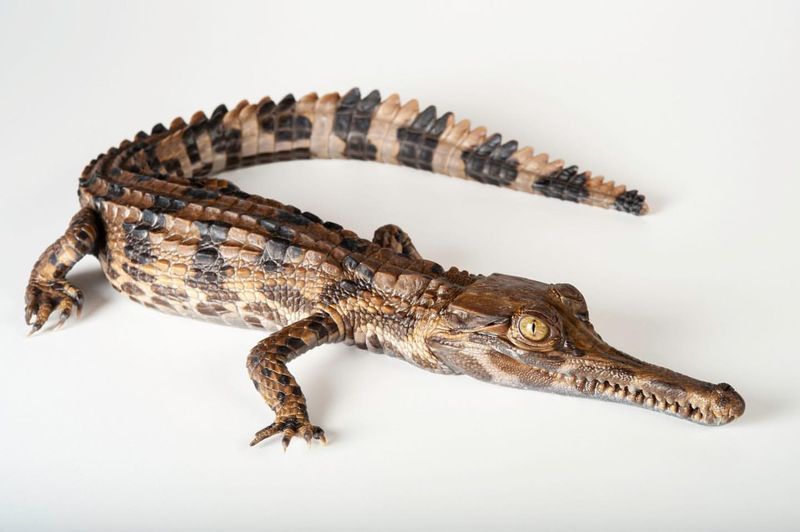
Long thought to be a single species, genetic research has revealed that Tomistoma schlegelii may include multiple distinct species across Southeast Asia.
This revelation has major implications for conservation efforts, as certain populations may be more endangered than previously believed.
12. Achrioptera mange (African Cricket)
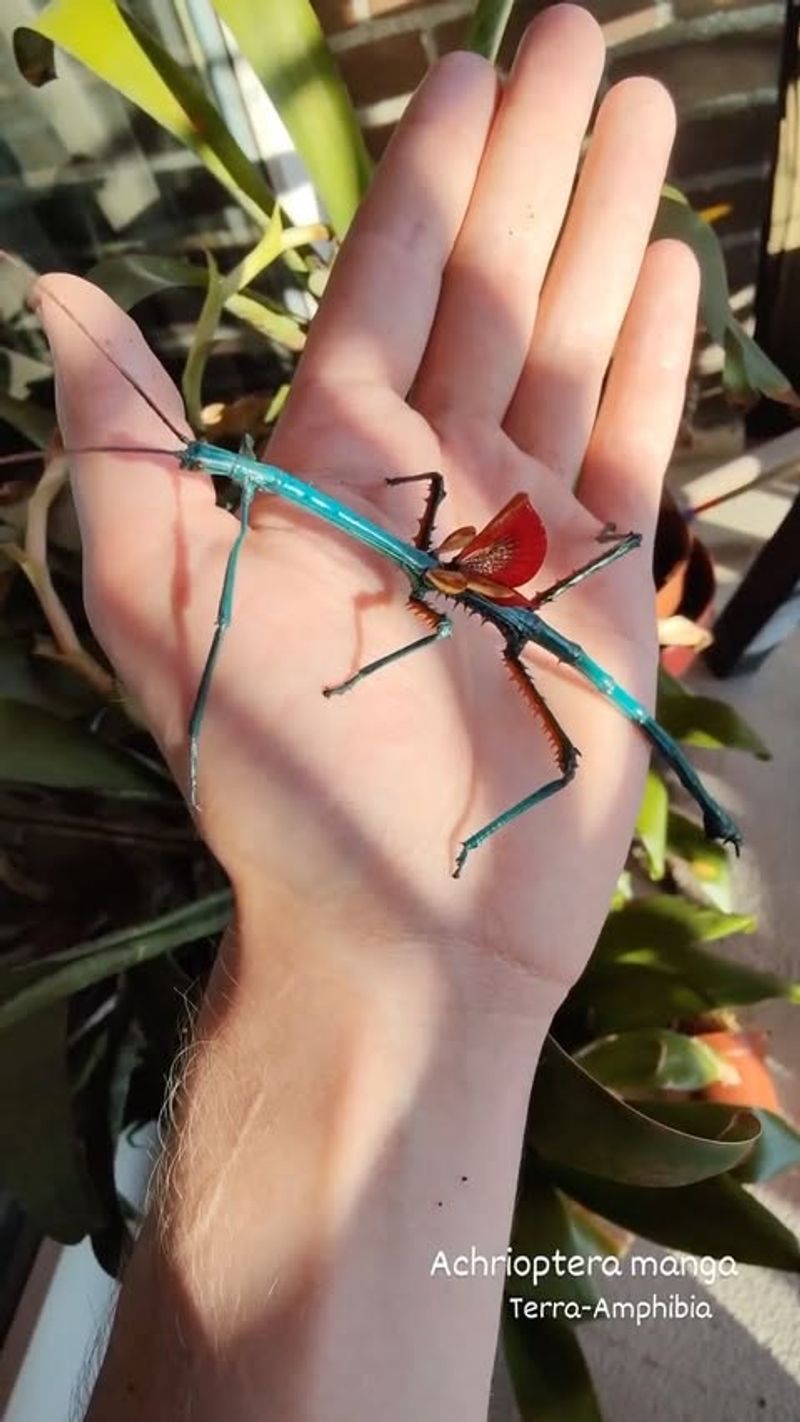
This brilliantly colored stick insect from Madagascar is anything but dull.
With its neon-green body and red legs, it defies camouflage and likely uses color for mate attraction. Its vivid hues and impressive mimicry make it a standout discovery in the insect world.
13. Cichla pinima (New Amazon Fish)
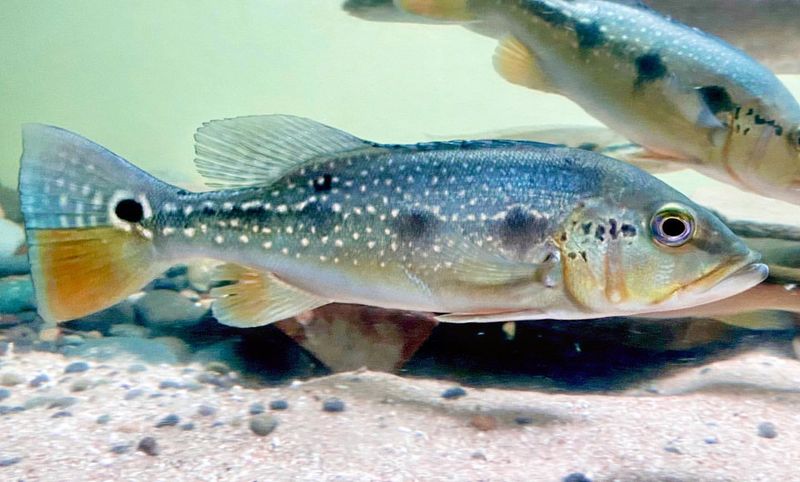
A stunning new species of peacock bass, Cichla pinima was discovered in Brazil’s Amazon basin.
Revered by local anglers, it boasts brilliant coloration and strong territorial behavior. It’s now being studied for its ecological impact in freshwater systems.

